1. Bread Soaked in Milk
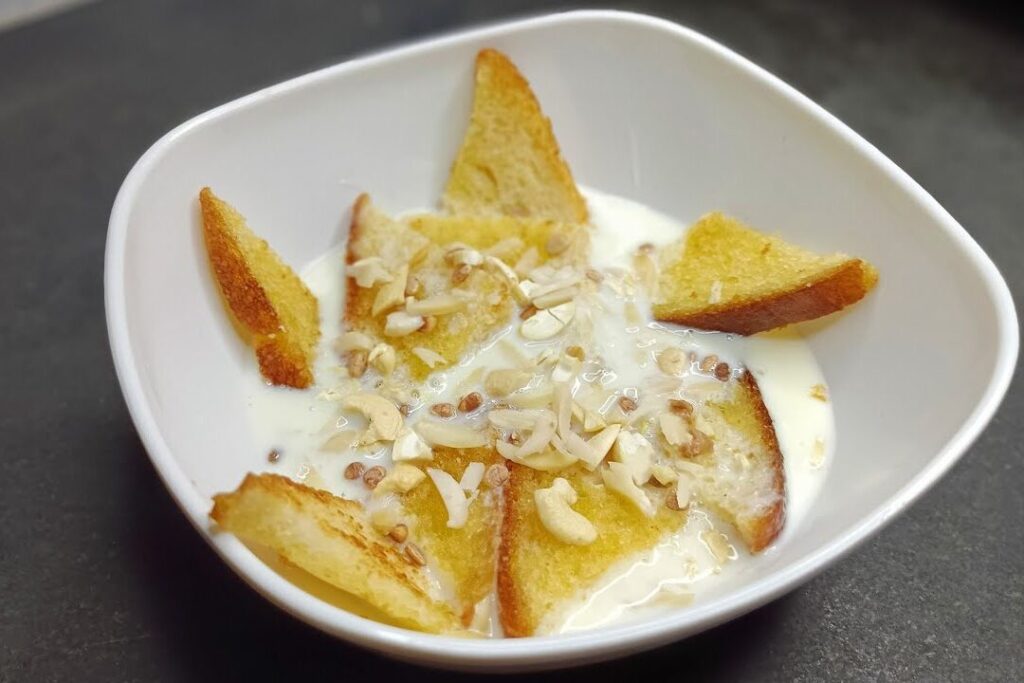
In Eastern Europe and Depression-era America, stale bread was never wasted. It was torn into chunks, soaked in steaming milk, and sweetened if sugar was around. The apron never came off, and kitchens were filled with the smell of warm dairy as families gathered close. We hunched over the bowl, spoon clinking, steam curling around our faces, knowing it was not fancy but still comforting. Bread soaked in milk carried tradition and thrift in equal measure, a reminder that the simplest foods often wrapped around you like a blanket, keeping you full and warm through the hardest of days.
2. Tripe Stew
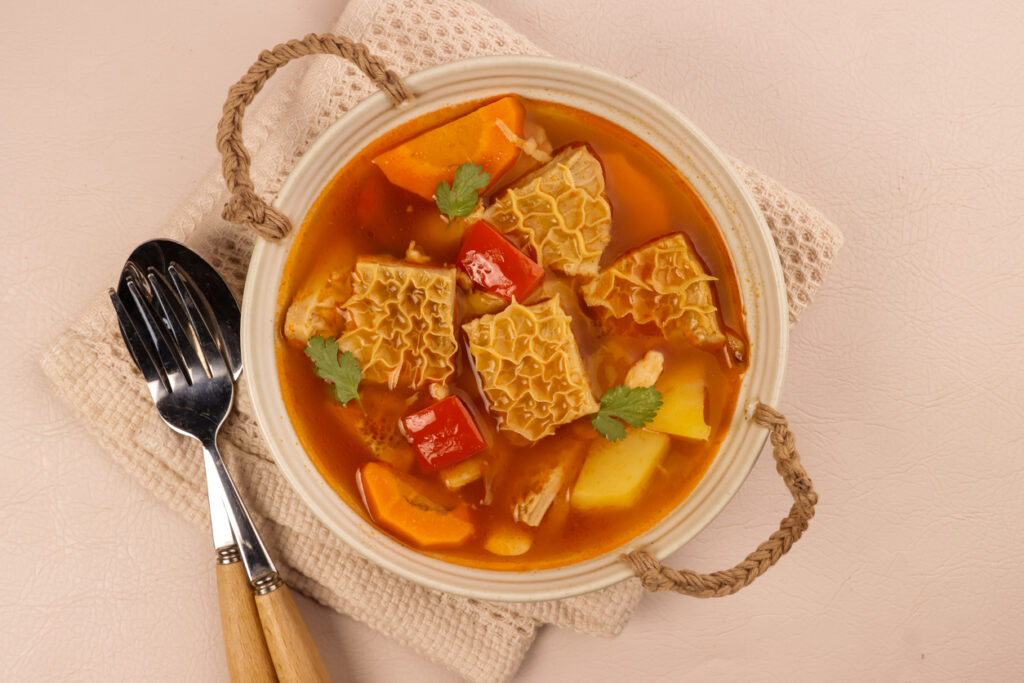
In Italy, Latin America, and Eastern Europe, tripe stew became a lesson in patience and resourcefulness. Grandma rinsed and scrubbed the honeycombed tripe before simmering it for hours with onions, tomatoes, and garlic. The aroma was strong, the kind that filled the house and could not be ignored. Some children wrinkled their noses, yet the taste was rich and rewarding. A bowl of tripe stew meant more than dinner, it meant honoring traditions where no part of the animal was wasted. Every spoonful reminded us of resilience, of families who turned humble cuts into meals that carried comfort and history.
3. Rice with Milk and Sugar
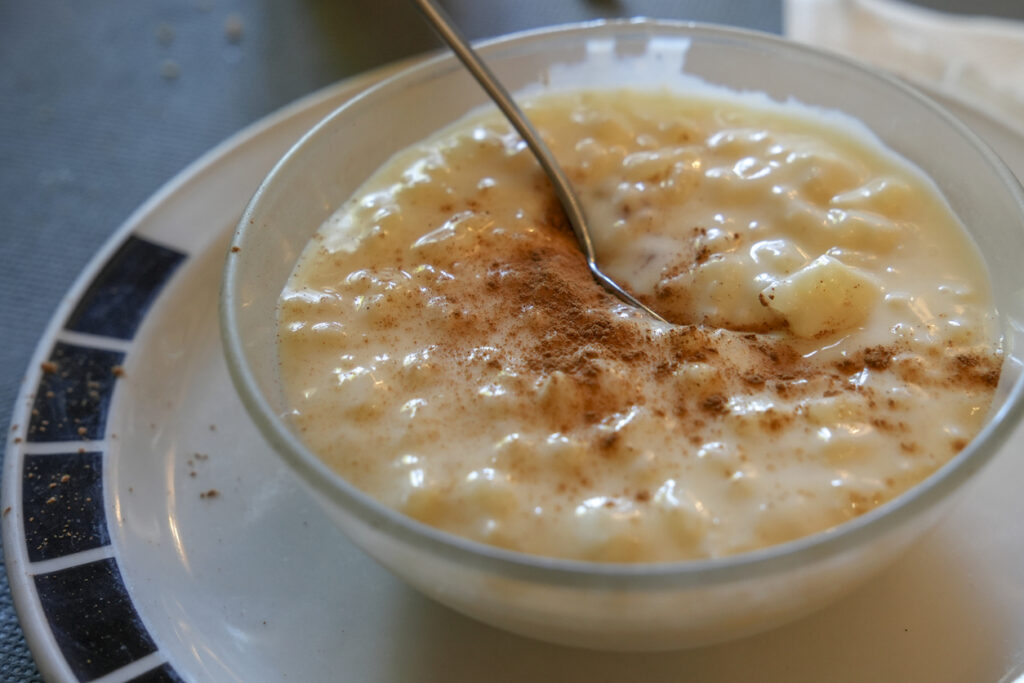
Across Spain, Portugal, Latin America, and South Asia, bowls of rice with milk and sugar served as breakfast and comfort food. It was creamy, sweet, and sometimes sprinkled with cinnamon if the jar was not empty. The dish stretched small amounts of rice into something filling, giving energy for the day ahead. We sat in pajamas at the table, spoons clinking and scraping every last grain. It was not extravagant, but its warmth was unmatched. Rice with milk and sugar carried flavors that were universal yet personal, reminding us that home could be found in the simplest ingredients.
4. Pig’s Feet

From the Southern United States to Eastern Europe and Asia, pig’s feet were cooked slowly until gelatin-rich and tender. The pot bubbled for hours, filling the house with a savory perfume that reached every corner. Eating them was messy, licking sauce off fingers, laughing through the meal, but it was always satisfying. What some considered scraps, families saw as treasures. Pig’s feet were proof that flavor lives in humble places, and that nothing should be wasted. They carried culture, tradition, and a sense of belonging, teaching us that the most memorable meals often came from the simplest, overlooked cuts.
5. Cabbage and Potato Soup

In Eastern Europe, cabbage and potato soup was a staple through long winters when little else was available. A big enamel pot sat simmering with cabbage, potatoes, salt, and pepper, creating a broth that was sweet and soothing. Potatoes turned buttery soft, cabbage melted into the broth, and bowls were filled again and again without feeling heavy. It was not a glamorous dish, but it was dependable, nourishing, and endlessly comforting. This soup reflected the immigrant experience itself: simple, unpretentious, and made to last. It showed us that even with few ingredients, a meal could bring people together.
6. Fried Bologna
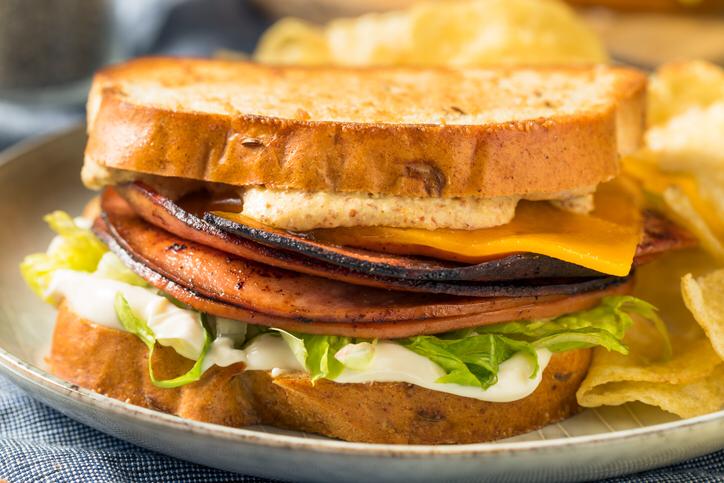
In America, fried bologna became the quick lunch many immigrant families leaned on when time and money were short. The slices sizzled in a cast-iron pan, curling in the middle unless edges were snipped. Often a slice of cheese was added, melting into the meat before being tucked into soft bread. It was the closest thing we had to fast food, except it tasted better because it was ours. Fried bologna was practical, cheap, and full of flavor. It reminded us that even the simplest foods could feel like a treat when made with care in a busy kitchen.
7. Lentils and Rice
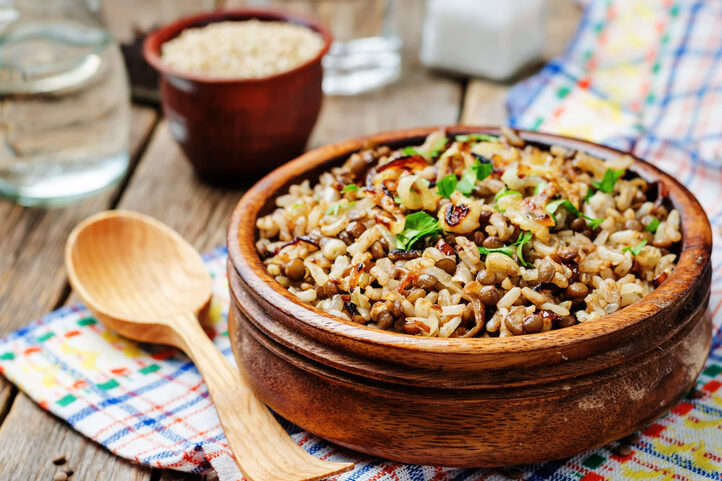
In Lebanon, Syria, and Palestine, lentils and rice, known as mujadara, brought comfort to every table. Onions were cooked slowly in oil until golden brown, then folded into simmering lentils and rice that filled the kitchen with warmth. No meat was needed because the dish carried its own richness, hearty and satisfying in its simplicity. Sometimes yogurt was added, sometimes nothing at all, but it never mattered. Mujadara proved that food did not need to be fancy to be complete. It filled bellies, carried culture, and reminded us that love often came through the most humble meals made from little.
8. Liver and Onions
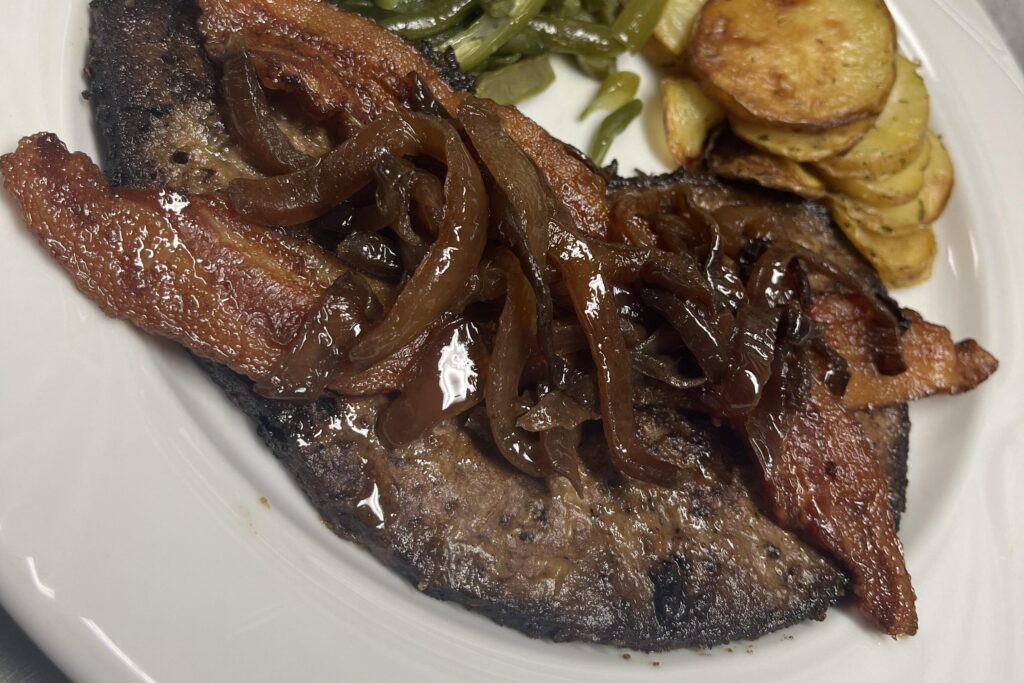
Everywhere from Europe to the Americas, liver and onions became a dish families leaned on when nutrition mattered more than preference. Onions were sliced and fried until sweet before liver was added, its bold and earthy flavor filling the pan. It was chewy, rich, and unapologetic, a dish you either learned to enjoy or ate quickly to get through. Parents reminded us it was good for us, while children often made faces. But liver and onions carried meaning. It was food that taught patience and acceptance, reminding us that not every meal was about desire, some were about endurance.
9. Plantains and Rice
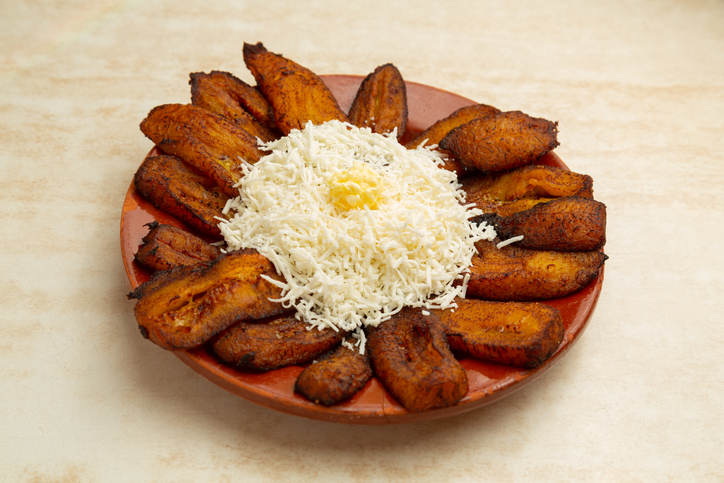
In the Caribbean and Central America, plantains fried golden and sweet were paired with plain white rice to make a meal that balanced flavors beautifully. The plantains hissed as they hit hot oil, caramelizing around the edges until irresistible. We often sneaked one from the plate before dinner, burning fingers but laughing at the taste. Served beside rice, they became both staple and comfort, a reminder that food could be simple and still joyful. Plantains and rice were filling and familiar, reminding us that even the most ordinary meals carried memories of warmth, sunshine, and togetherness at the family table.
10. Tongue
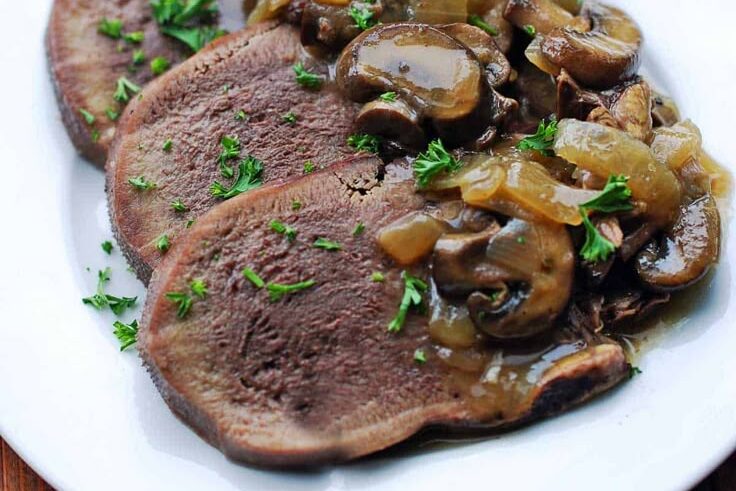
From Mexico to Eastern Europe to Jewish delis in America, tongue was boiled tender and sliced thin like roast beef. At first, it looked unusual on the cutting board but once tucked into sandwiches or folded into tacos with onion and cilantro, it was just flavorful meat. Children often hesitated, but one bite revealed richness unlike anything else. Tongue was proof that appearance did not define worth. It carried the immigrant lesson that nothing should be discarded, that every part of an animal held value. Eating tongue reminded us that tradition and resourcefulness often brought the most surprising flavors.
11. Beans with Tortillas
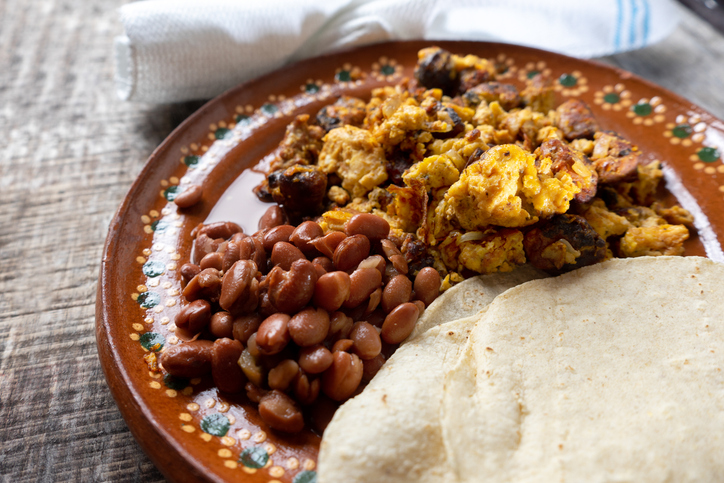
Across Mexico and Central America, beans and tortillas were the foundation of many meals. Beans simmered for hours until soft and creamy, spread over warm tortillas pulled straight from the comal. We rolled them with our hands, eating without plates as we sat together on porches or at kitchen tables. It was food that cost little but filled much, proving that meals were not measured in money but in comfort. Beans with tortillas taught us that the simplest combinations often made the deepest impressions, showing how tradition could live in everyday foods that carried families through both lean and abundant times.
12. Jello with Shredded Carrots

In mid-century America, Jello with shredded carrots appeared at potlucks, picnics, and eventually in immigrant homes too. Bright, wobbly, and glowing with carrot shreds suspended inside, it was part dessert, part salad, and entirely playful. Children poked it with spoons, laughed as it jiggled, and happily ate it regardless of its odd pairing. Though not a dish from the old country, it blended into our traditions because food was always evolving. Jello with shredded carrots showed that immigrant families did not just preserve old recipes but also welcomed new ones, folding community flavors into what became our everyday meals.
13. Cheap Meats Boiled Forever
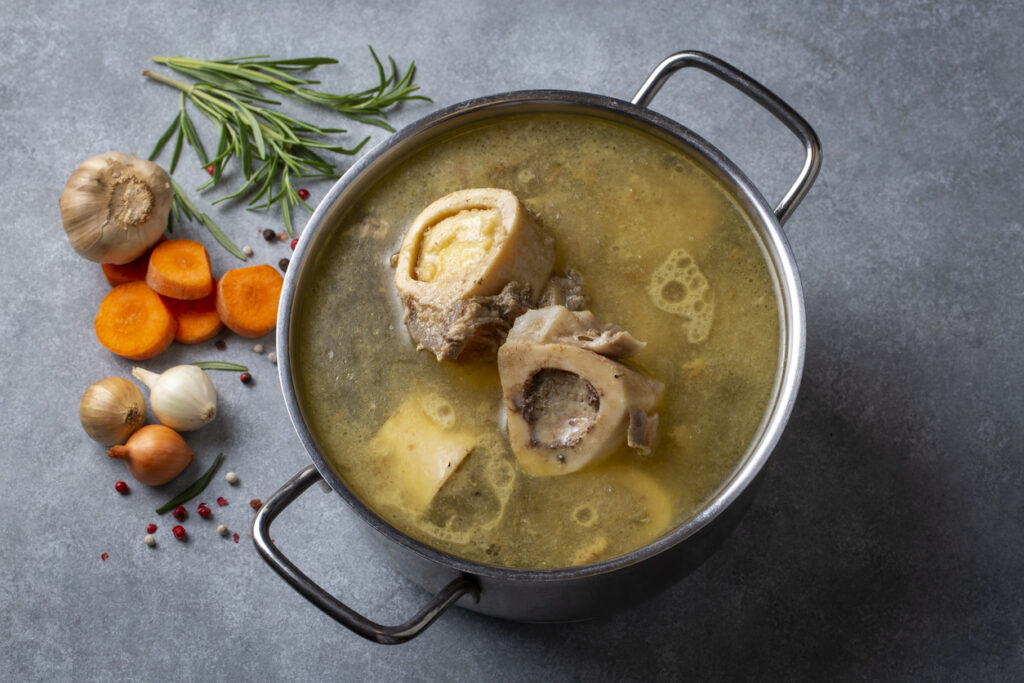
In kitchens across the world, the cuts no one else wanted became the backbone of hearty soups. Neck bones, oxtails, and shanks simmered for hours with onions, celery, and scraps of vegetables until the broth turned rich and dark. The meat softened, falling into bowls with depth of flavor that rivaled expensive cuts. Immigrant families knew nothing should be wasted, and these pots stretched meals for days. Cheap meats boiled forever reminded us that value was not in what others discarded but in what you created. With time, patience, and care, scraps became feasts that carried both comfort and pride.
14. Tomato and Mayo Sandwiches

In the American South, thick slices of ripe tomatoes pressed between mayonnaise-slathered bread created sandwiches as messy as they were delicious. We often ate them over the sink, juice running down our wrists as we grinned through each bite. There was nothing fancy about them, yet they carried the taste of summer itself. Fresh, juicy, and soft, they turned gardens into meals. Tomato and mayo sandwiches showed us that you did not need wealth or extravagance to eat well. Sometimes, all it took was a slice of bread, a tomato, and the memory of family kitchens filled with laughter.
15. Chicken Hearts and Gizzards
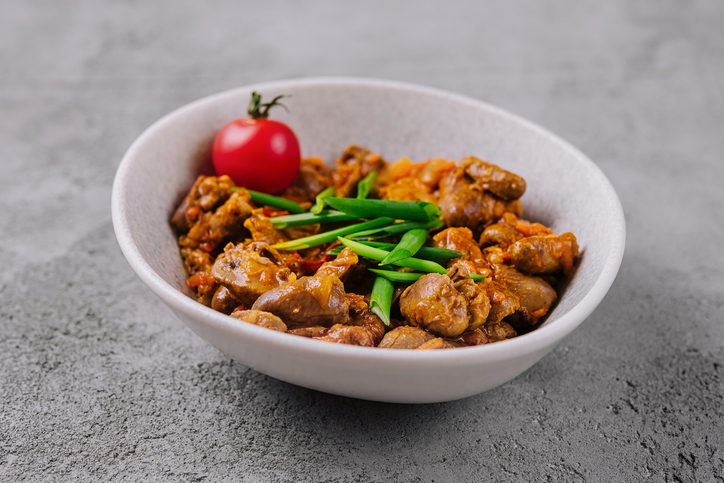
In Asia, Latin America, and Eastern Europe, chicken hearts and gizzards were never discarded but cooked until tender or fried with onions for flavor. At our table, they disappeared quickly, even if friends outside the home found them strange. We learned to love their chewiness and their taste, knowing they carried meaning beyond food. Using these parts of the bird was about thrift and respect, about honoring traditions that valued every bite. Chicken hearts and gizzards reminded us that good meals were not about luxury but about care, proving that every piece had a purpose when family gathered together.
16. Pierogi with Potatoes or Cabbage
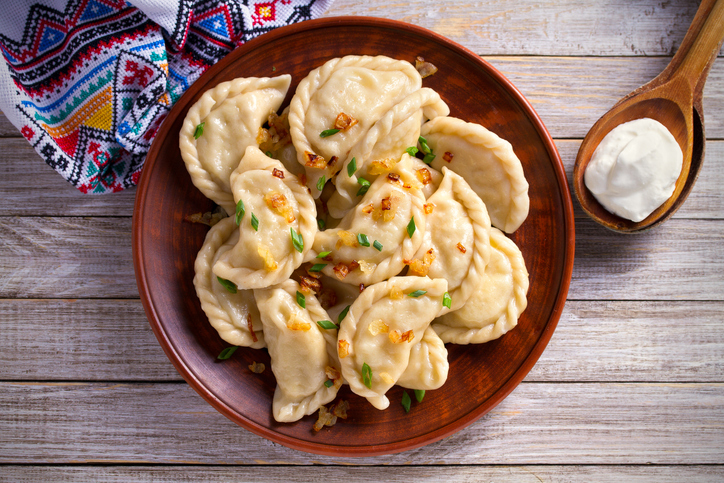
In Poland and Ukraine, pierogi filled with potatoes or cabbage brought families together. Dough was rolled thin on a floured table, circles cut with a drinking glass, then stuffed and sealed by quick, practiced hands. They were boiled, sometimes fried, and always served hot. Making them was never just cooking, it was connection, with laughter and stories filling the room while hands worked side by side. Pierogi taught us that tradition lived in the act of making, not just eating. Each bite carried history, showing how simple dough and filling could hold love, culture, and comfort in every fold.
17. Peanut Butter and Pickle Sandwiches

In America, peanut butter and pickle sandwiches became an odd but beloved curiosity. The creamy smoothness of peanut butter clashed at first with the tangy crunch of pickles, but together they created something unexpectedly satisfying. We made them after school, quick and easy, laughing at the strange pairing while enjoying every bite. Though not from the old country, it showed how new homes brought new habits. Peanut butter and pickle sandwiches reminded us that food could be playful, teaching us to experiment, to combine what we had, and to discover joy in flavors that did not always seem to belong.
18. Fish Heads in Broth
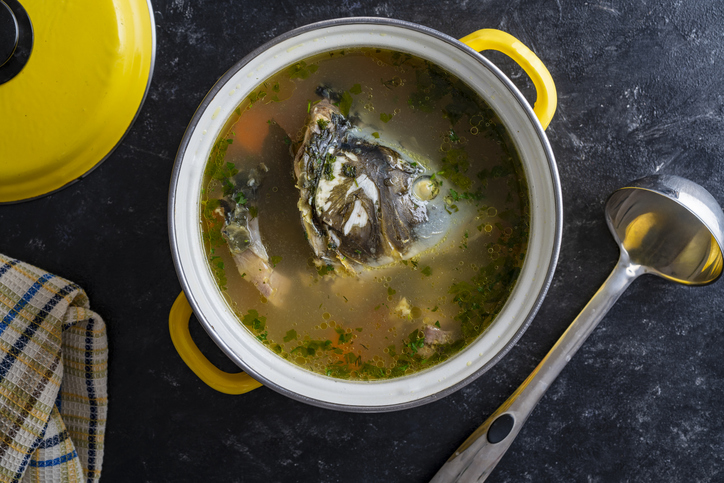
From coastal Asia to Mediterranean and Eastern European kitchens, fish heads gave broth a depth no other part could match. Simmered slowly with herbs and vegetables, the flavor filled bowls with the taste of the sea. We picked gently at the cheeks for tender meat and sipped until only bones were left. Some might have turned away, but we knew these bowls carried treasure. Fish heads in broth taught us respect, reminding us that nothing was wasted. They showed that even the parts overlooked by many could become the heart of a meal when cooked with patience and love.
19. Spaghetti with Ketchup or Butter

In Italian American homes, spaghetti with ketchup or butter was an adaptation born of necessity. When there was no tomato sauce, ketchup brought sweetness and tang, or butter gave richness to plain pasta. It was not how Grandma made it back in Italy, but it was what kept us fed. Somehow, it became its own comfort. We twirled forks full, grinning at the taste that felt both wrong and right. Spaghetti with ketchup or butter showed us that adaptation could be delicious, proving that meals did not have to match tradition perfectly to hold love, comfort, and a sense of belonging.
20. Sugar Sandwiches

In Depression-era America, sugar sandwiches became both snack and dessert when nothing else was available. Soft white bread spread with butter and sprinkled with sugar crunched under our teeth, sweet and simple. We begged for seconds, licking sugar from our fingers and smiling through sticky grins. It was cheap, it was fast, and it felt like luxury in moments when choices were few. Sugar sandwiches reminded us that joy could be found in even the smallest things. They were proof that hardship did not erase happiness, because sometimes the simplest foods became the sweetest memories of growing up.
21. Stuffed Cabbage Rolls

In Romania, Hungary, and Poland, cabbage leaves softened in boiling water became wraps for rice and sometimes meat, rolled carefully and simmered in tomato sauce until tender. Making them was a full-day event, with bowls, pots, and plenty of laughter in the kitchen. The smell filled the house, tangy and savory, promising comfort. Each roll was hearty, filling, and rich with tradition. Stuffed cabbage rolls showed us how food could bring people together, how patience and effort turned into something beautiful. They were meals meant to be shared, carrying generations of culture tucked carefully into each green leaf.
22. Fried Rice with Leftovers
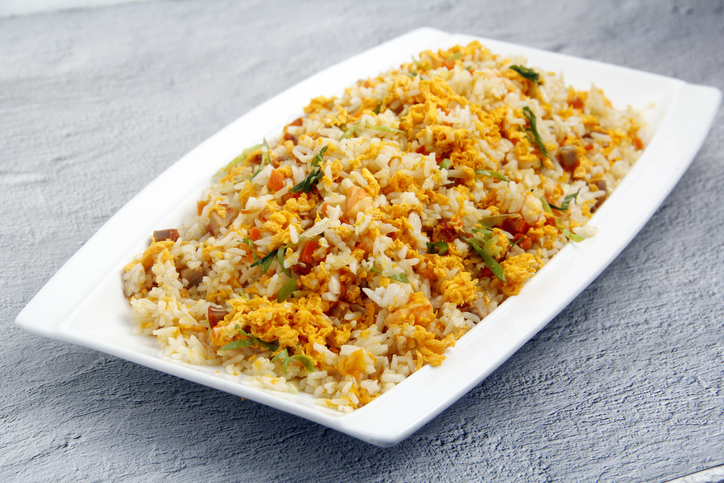
In Chinese and Southeast Asian kitchens, fried rice was born from yesterday’s scraps. Cold rice went into a hot wok with garlic, soy sauce, and bits of whatever was left from the night before. Each batch was unique, tasting slightly different depending on what was tossed in, yet always satisfying. The sound of rice crackling in oil filled the kitchen with excitement. Fried rice with leftovers showed us that nothing needed to go to waste, that creativity in the kitchen mattered as much as recipes. It was a dish of thrift and love, turning simple scraps into unforgettable comfort.
23. Polenta with Cheese or Milk

In Italy, polenta made from cornmeal simmered slowly until thick was a dish of patience and reward. Sometimes it was finished with cheese for savory richness, other times with milk for creaminess. The pot bubbled gently while we waited nearby, hoping for the first spoonful. Polenta was hearty and warm, a dish that carried families through lean times with comfort that lingered long after bowls were emptied. Polenta with cheese or milk showed us that plain ingredients could transform into something memorable. It reminded us that tradition was built on care, stirring, and the simple joy of sharing food together.
24. Banana and Mayo Sandwiches

In the American South, banana and mayonnaise sandwiches became a childhood favorite for some and an oddity for others. Bananas sliced lengthwise were laid on soft bread spread with mayonnaise, sometimes even topped with bacon for salty balance. Sweet, creamy, and a little tangy, the flavor was unique but oddly comforting. We ate them after school, laughing at the mess, surprised at how good they tasted. Banana and mayo sandwiches reminded us that comfort food did not need to follow rules. It was about what felt familiar, what made us smile, and what turned the strangest pairings into home.
25. Day-Old Bread Pudding
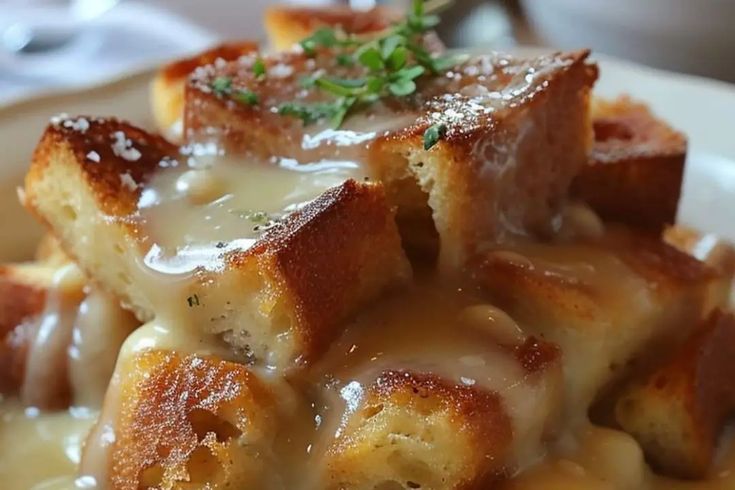
Everywhere in the world, bread pudding became a way to turn staleness into sweetness. Day-old bakery bread was cubed, soaked in milk and eggs, sweetened with sugar, flavored with cinnamon if it was around, then baked until golden. The smell filled the kitchen, wrapping around us like comfort itself. It was dessert made from thrift, but we never thought of it that way. To us, it was a treat worth waiting for. Day-old bread pudding taught us that nothing needed to be wasted. Even the simplest leftovers could become celebration, carrying joy into a home with every warm slice.
This story 25 Foods We Ate Growing Up as First- or Second-Generation Americans was first published on Daily FETCH


